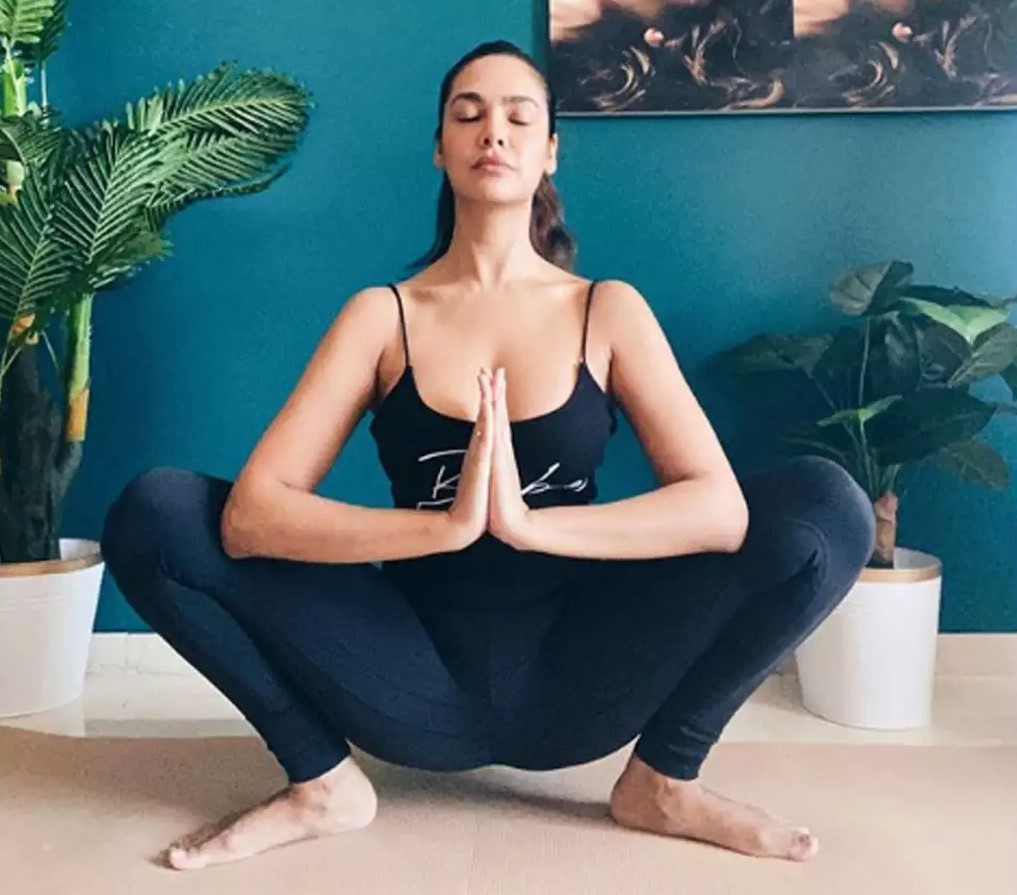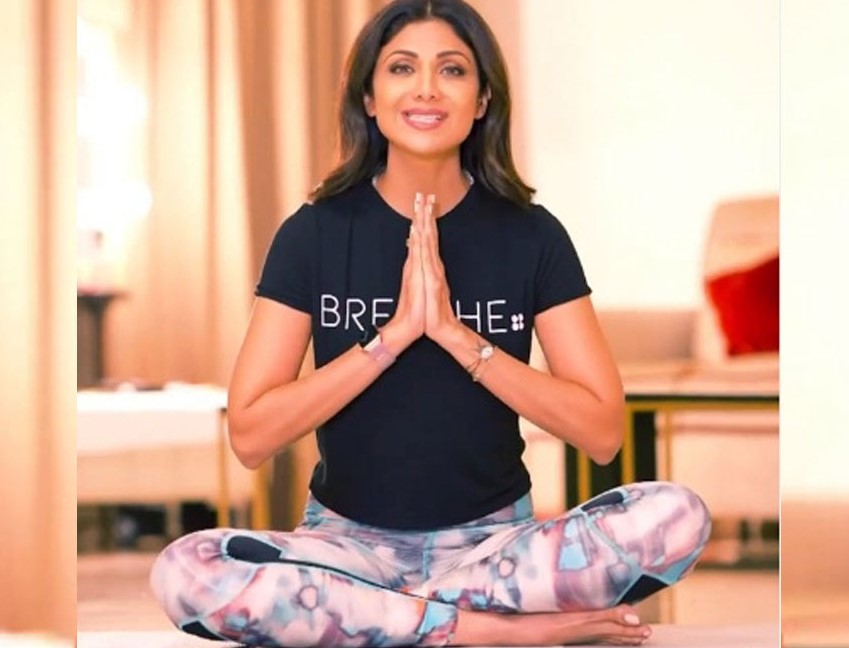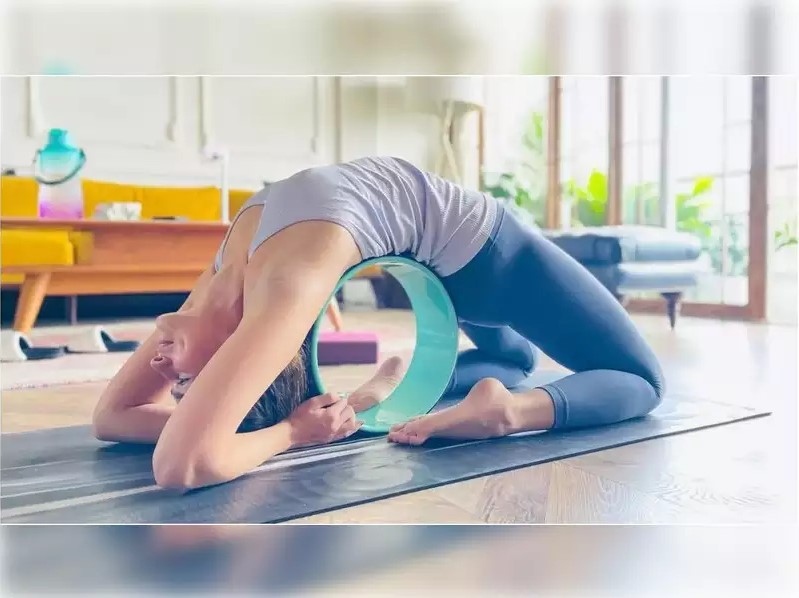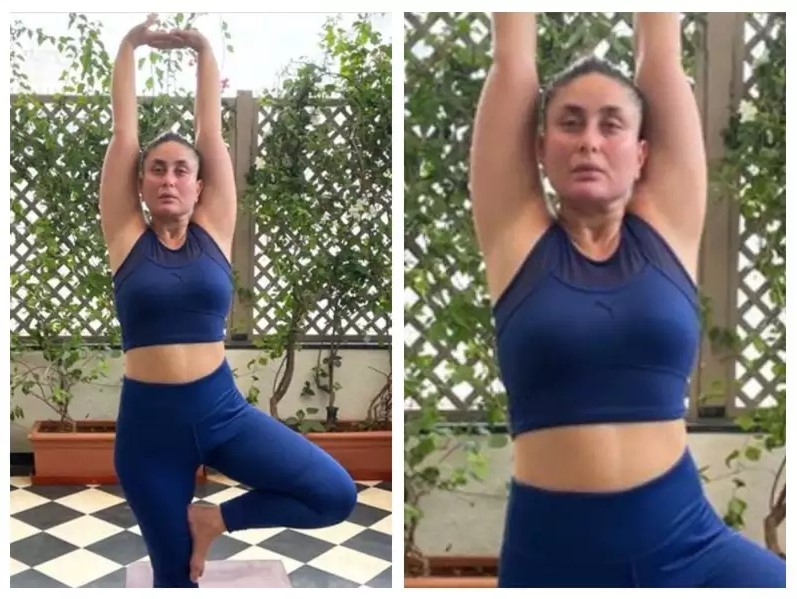What is Sciatica and How Yoga Can Provide Relief?
Yoga for Sciatica
Sciatica stems from the compression, irritation, or injury of the sciatic nerve, which originates in the lower back, courses through the buttocks and thighs, and travels down the sides of the legs. This condition can also be triggered by tight, overused, or injured muscles.
The symptoms of sciatica include a sharp, throbbing, or burning pain that shoots or radiates down the leg, often accompanied by numbness, tingling, and inflammation. Typically, sciatica affects only one side of the body.
While some people may experience mild discomfort, for others, sciatica can be intensely painful. Research has shown that certain yoga poses, like Cobra Pose and Locust Pose, can be beneficial in alleviating sciatica symptoms. Additionally, studies from 2013 and 2017 suggest that yoga can:
- Reduce chronic lower back pain
- Improve activity limitations
- Decrease the reliance on pain medications
Let’s delve deeper into how you can harness the therapeutic potential of yoga to prevent, soothe, and heal sciatica.
1. Child’s Pose (Balasana)
Child’s Pose offers a calming way to connect with and unwind your body. It elongates and stretches your spine, enhancing flexibility and openness in your hips, thighs, and lower back. To enhance comfort, you can use a cushion or bolster beneath your thighs, chest, and forehead.
- Begin on your hands and knees, bringing your knees together and settling your hips back onto your heels.
- Extend your arms forward or let them rest by your sides.
- Allow your upper body to completely relax as it gently rests on your thighs.
- Concentrate on deepening your breath to release any areas of tension or sensation.
- Hold this pose for a duration of up to 5 minutes.
2. Downward-Facing Dog
This forward bend is effective in aligning your body, offering relief from discomfort and stiffness. Downward-Facing Dog not only enhances strength throughout your entire body but also aids in correcting any imbalances.
- Starting on your hands and knees, press into your hands to elevate your hips towards the ceiling.
- Lower your head so that your ears align with your upper arms or bring your chin toward your chest.
- Bend your knees slightly to gently tilt your pelvis forward.
- Instinctively explore various adjustments that feel suitable for your body.
- Maintain this posture for up to 1 minute.
3. Half Moon Pose (Ardha Chandrasana)
Half Moon Pose enhances the strength, stability, and equilibrium of your body, making it a beneficial practice for Yoga for Sciatica. It also fosters flexibility, eases tension, and stretches your spine, glutes, and thighs. If needed, use a wall for support or place a block under your hand.
- Initiate from a standing position, like Triangle, with your right foot in front.
- Deepen the bend in your right knee and shift your weight onto your right foot.
- Rest your left hand on your hip.
- Slide your left foot forward a few inches as you reach your right hand to the floor in front and to the right of your right foot.
- Elevate your left leg until it’s parallel to the floor, pressing through your left heel.
- Twist your torso and hips open while gazing forward.
- For a deeper stretch, raise your left hand toward the ceiling and direct your gaze upward.
- Hold this pose for up to 1 minute.
- Gradually release by bending your right knee and lowering your left leg to the floor, returning to the starting position.
- Repeat on the opposite side.
4. Cobra Pose (Bhujangasana)
This soothing pose fortifies and elongates your spine, enhancing circulation and flexibility.
- Lie on your belly with your hands positioned beneath your shoulders.
- Gently draw your elbows inwards towards your body.
- As you breathe in, raise your head, chest, and shoulders off the ground.
- Maintain a subtle bend in your elbows and ensure your chest remains open.
- Engage your thighs, lower back, and abdominal muscles.
- Sustain this posture for a maximum of 30 seconds.
- Release the pose, take a moment to rest, and then repeat this sequence 1-3 times.
5. Locust Pose (Salabhasana)
Locust Pose is a strengthening exercise for your spine, glutes, and thighs. It provides stability to your core and lower back while enhancing circulation and flexibility in your hips.
- Lie face down with your fingers interlocked at the base of your spine.
- Gradually elevate your chest, head, and arms as high as your comfort allows.
- Extend your arms away from your body.
- For a deeper stretch, raise both legs simultaneously or one leg at a time.
- Engage your glutes, lower back, and abdominal muscles.
- Maintain this position for a maximum of 30 seconds.
- Relax the pose and return to the initial position.
- Take a moment to rest and gently sway your hips from side to side as you breathe.
- Repeat this sequence 1-2 times.
6. Knees-to-Chest Pose/Wind-Relieving Pose (Pawanmuktasana)
This pose is highly effective for relieving tension in your lower back, hips, and glutes. If you prefer a gentler stretch, you can perform it one leg at a time.
- Lie on your back and draw both knees toward your chest.
- Unite your ankles and knees while reaching your hands around the backs of your thighs or shins.
- If possible, interlock your fingers or hold opposite elbows.
- To intensify the stretch, lift your head and tuck your chin towards your chest.
- Hold this position for a maximum of 1 minute.
7. Reclined Pigeon Pose (Supta Kapotasana)
Practicing Pigeon Pose in a reclined position provides added support to your lower back and reduces pressure on your hips. Reclined Pigeon Pose effectively stretches your glutes, hips, and the piriformis muscle.
- Lie on your back with your knees bent and your heels close to your hips.
- Bend your right knee and position your right ankle at the base of your left thigh.
- If you already experienced a substantial stretch, you can stay in this position.
- For a deeper stretch, raise your left foot and draw your left knee toward your chest.
- Interlock your fingers behind your left thigh or shin. Maintain this posture for up to 1 minute.
- Repeat the sequence on the opposite side.
8. Bridge Pose (Setu Bandha Sarvangasana)
A Bridge Pose is a spine-stretching asana that effectively eases discomfort and tension. It also has a gently invigorating effect, promoting improved circulation, and engaging your leg muscles, glutes, and core.
- Begin by lying on your back, with your knees bent and heels close to your hips.
- Position your arms alongside your body, palms facing downward.
- Gradually lift your spine off the ground, raising your hips as high as comfortably possible.
- To maintain alignment, consider placing a block between your knees or thighs.
- Gently lower back down. Repeat this motion 10 times.
- Relax in the starting position.
- Hold the top position for up to 1 minute.
9. Half Lord of the Fishes Pose (Ardha Matsyendrasana)
This twist elongates and releases tension in your spine, providing relief from pain. The twist originates from your lower back, allowing you to experience a soothing street
- Begin in a seated position.
- Position your right foot to the outside of your left hip, ensuring your knee is pointing forward or to the side.
- Move your left foot to the outside of your right thigh.
- Place your left hand on the floor behind you, supporting yourself with your fingertips.
- Wrap your right arm around your left thigh or place it on the outside of your left thigh.
- With each inhalation, lift and elongate your spine.
- With each exhalation, gently twist deeper into the pose.
- Turn your head to gaze in any direction.
- Maintain this position for up to 1 minute.
- Repeat the sequence on the opposite side.
10. Legs-Up-the-Wall Pose (Viparita Karani)
This pose offers ultimate restoration, allowing your body to rest, relax, and rejuvenate. For added support, you can place a cushion or bolster under your hips.
- Position yourself with your right side against the wall.
- Lie back and extend your legs up along the wall, bringing your hips as close to the wall as is comfortable.
- Add a pillow or folded blanket under your head for extra comfort.
- Position your arms in a way that feels most comfortable to you.
- Allow your body to relax fully as you surrender to gravity.
- Stay in this pose for up to 20 minutes.
Yoga poses to avoid when you have sciatica: There are certain yoga poses that should be avoided when experiencing sciatica, as they can exacerbate the symptoms. Pay attention to your body and respect any discomfort without pushing yourself into painful poses.
It’s important to experiment and find what works best for you on a given day. Avoid any pose that causes pain.
Seated and standing forward bends, except for Downward-Facing Dogs, should be avoided as they can strain the pelvis and lower back. Instead, perform forward bends from a supine (lying down face up) position, which provides more support for the hips and lower back.
Since sciatica typically affects one leg, you may find that you can perform certain poses on only one side of your body, and that’s perfectly acceptable. Feel free to bend your knees in any pose and use cushions under your knees in seated poses if they cause discomfort.
During pregnancy, if you have sciatica, it’s important to practice Yoga for Sciatica by avoiding poses that compress or strain your abdomen. Steer clear of intense backbends, twists, and poses that exert pressure on your belly. Modify poses as needed using bolsters and cushions.
















